
Ubiquitous statistics claim that over 80% of the population has been diagnosed with cervical osteochondrosis at various stages. At the same time, doctors warn of very dangerous consequences in the form of neglect, which threatens not only health but also the lives of patients.
Osteochondrosis of the neck - what is it
By itself, osteochondrosis is an irreversible degenerative dystrophic destruction of the intervertebral discs and vertebrae. It is characterized by violation of the integrity of the intervertebral components, resulting in herniation and herniation, and further destruction of the vertebrae. These changes lead to complex processes in the body that, in addition to causing severe pain, affect the functioning of the entire body.
This process is irreversible, and there is no way for damaged cartilage and discs to recover, only to slow down their destruction.
Due to the large number of nerve fibers and blood vessels connecting the brain and the body, and the proximity of the vertebrae (there are 7 of them in a small space).
attention! The slightest compression of an artery, nerve fiber, or blood vessel in the cervical spine can cause a range of symptoms, the severity of which depends on the root or blood vessel being compressed.
reason
There are many causes of this dangerous disease, although the exact reason why osteochondrosis occurs in a specific area is not known. Factors that cause cervical osteochondrosis include:
lifestyle
This is the most important factor both quantitatively and qualitatively. It should include:
- a sedentary work style;
- being in tense or uncomfortable positions for extended periods of time;
- Small physical load on the spine (this weakens the muscular corset);
- There is too much pressure on the spine.

Today, due to the prevailing patterns of social life and social behavior, a very large number of people are affected by the listed factors in the occurrence of this disease.
Injuried
90% of spinal injuries are associated with cervical osteochondrosis. Usually it doesn't happen immediately after the injury, but after a certain amount of time. Here, the main component that will happen will be a compromised integrity of the ridge.
hormonal disorder
This factor may already be present during adolescence, during the reorganization of the child's body. This type of osteochondrosis can be successfully treated.
If osteochondrosis occurs in the context of menopause or diseases that alter the hormonal background (diabetes, multiple sclerosis), treatment will be symptomatic.
genetic susceptibility
This cause is almost always accompanied by other causes. Since genetic susceptibility itself is not the basis of the disease, but in the context of other factors it is very important.
symptom
The presentation of cervical osteochondrosis is very similar to many diseases, making it difficult to diagnose. Their manifestations depend on the compressed nerve root, and in addition, many symptoms are related to impaired blood circulation in the brain. Despite the wide range of symptoms, some of the most common symptoms can be distinguished. Their appearance and intensification will depend on how advanced the disease is. Here, they are listed by frequency of occurrence.
Headache caused by cervical osteochondrosis
One of the first, most persistent, and common symptoms of cervical osteochondrosis is migraine headaches. Painkillers stop well, but as the condition progresses, it gets stronger and harder to stop.

Pain can be deployed by pulsations in the temples and the back of the head, which can affect the parietal region, giving the parietal bone.
neck pain
Usually weak at first, neck pain only develops when you touch the affected area, and later the pain radiates to the back of the head, shoulders, arms (depending on the nerve endings being squeezed). At the same time, when turning or tilting the head, there is a vigorous movement of the body, which is fixed and increasing in intensity.
restricted range of motion
Another symptom of cervical osteochondrosis is limited movement of the head and neck. The patient has difficulty turning the head, and there is no way to do it completely, and it is impossible to tilt the head forward or backward. When turned, there is a characteristic creaking sound.
weak hand
If the nerve roots responsible for the innervation of the upper extremities are damaged, the arm can experience weakness and, in severe cases, paralysis.
Numbness in the hand or body
When squeezing the sensitive roots, the hands and fingers may lose sensitivity, or individual areas may experience numbness. For advanced forms of the disease, paralysis (complete or partial) of the hands and general body is possible. This in turn depends on which nerves are affected.
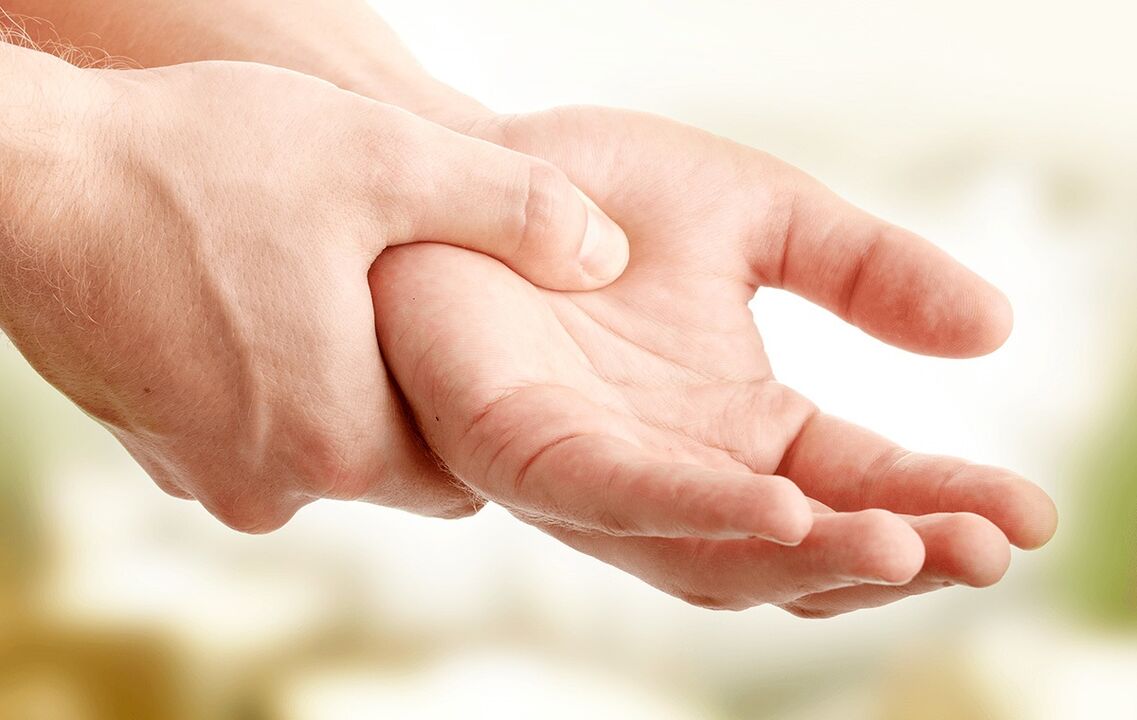
Hearing and vision loss
The disease is characterized by hearing and vision loss, and numbness of the lips and tongue. These organs are very close together and are the first to suffer from a lack of oxygen to the brain.
Cervical osteochondrosis dizziness
With cervical osteochondrosis, one of the most unpleasant symptoms is dizziness, which can sometimes be accompanied by loss of coordination, and in some cases, fainting, nausea. These symptoms are associated with impaired circulation to the brain due to pinched arteries and blood vessels.
About diagnostic methods
If one or more symptoms of cervical osteochondrosis are present, it is best to consult a doctor for a diagnosis. There are several ways to diagnose osteochondrosis, the most useful of which are:
- CT scan;
- Magnetic resonance imaging;
- Vascular Doppler angiography;
- The most commonly used is radiography.
For the early diagnosis of osteochondrosis, there is little information on radiography. Doppler angiography is performed in difficult situations when severe symptoms appear: extensive loss of sensitivity, paralysis, fainting.
Successful treatment is only possible in the early stages of the disease, which depends on the correct diagnosis.
stage of disease
The disease is characterized by an increase in symptoms and their severity, with 4 stages.
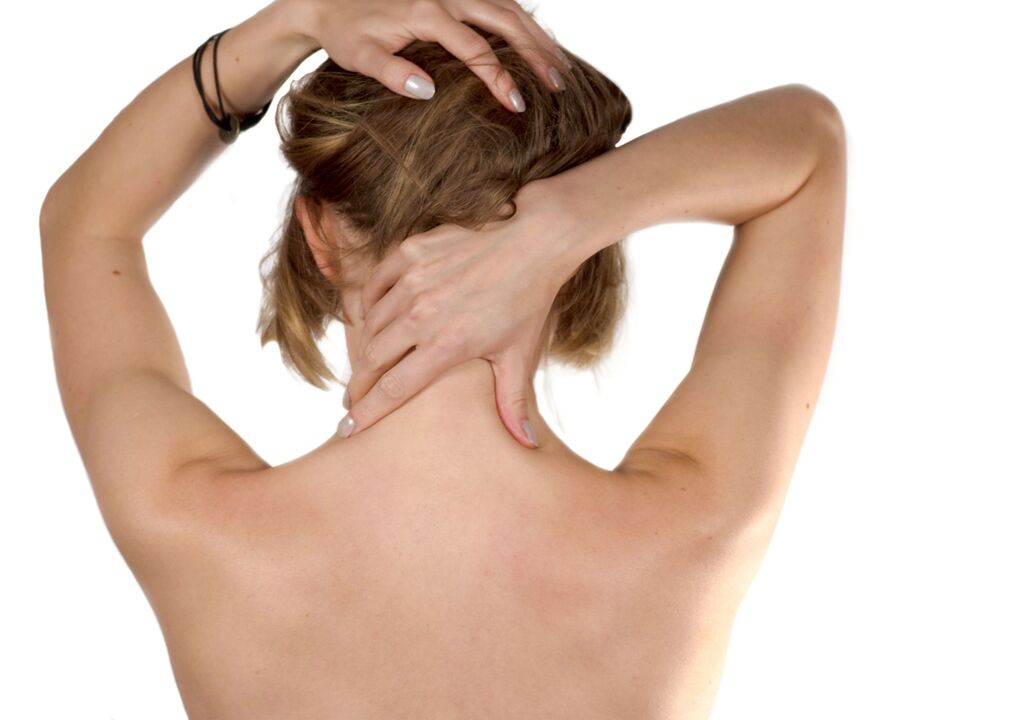
- I-I - This is neck pain when the affected nerve endings are touched. Pain when turning the head or neck. At the level of the spine, no injury was detected, only the intervertebral space was violated.
- II-I - This is a manifestation of shooting pain that can radiate to the arm, shoulder, and is exacerbated by turning the head. Migraine type headache. The pain is caused by mild, destructive changes in the discs.
- III-I - Pain increases, becomes persistent, numbness occurs, head movements become rigid, hand weakness occurs, concentration and memory are disturbed. At this stage, there are violations of the integrity of the disc (cracks, herniated joint pockets), herniation of the disc.
- IV-I - Characterized by disruption of the intervertebral discs and vertebrae, disrupting the integrity of the bones. At this stage, surgery is usually necessary because the hernia can cause paralysis and immobility of the upper limb or the entire body.
In stages 1-2, at-home treatment of osteochondrosis of the neck is possible and necessary, and in stage 3 treatment under the supervision of a doctor is required.
treatment at home
Before starting treatment at any stage, it is necessary to consult a chiropractor who will make a correct diagnosis and carry out the necessary examinations. Symptoms of osteochondrosis may resemble those of heart failure (high blood pressure, difficulty breathing, problems with concentration and memory).
attention! If treatment is not correct or timely, cerebral ischemia, spinal stroke, spinal cord compression, radiculopathy may occur, and the complications of these diseases are often life-threatening.
With correct and timely diagnosis, home treatment should include the following components:
- medical treatement;
- massage;
- special physical exercise.
All three ingredients are very important and they must be processed in a complex way to ensure good results over a long period of time.
massage
Traditional massage can be very effective after relieving acute pain. Their courses are recommended at least every 6 months. There is a large selection of techniques designed to treat cervical osteochondrosis available today, which will allow you to choose the most appropriate option.
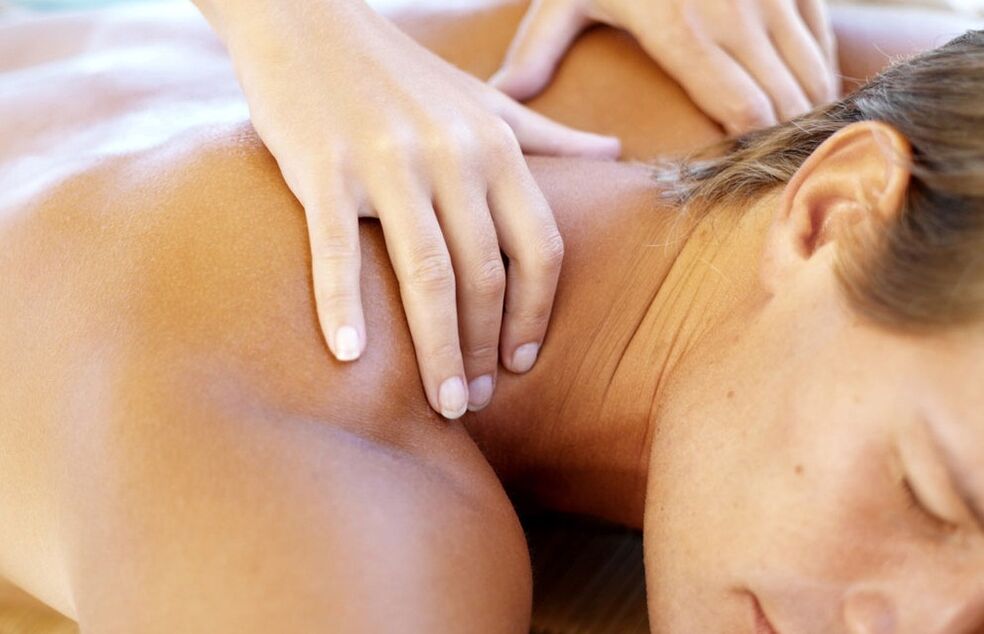
- There are high-quality manual techniques that will allow you to get good results.
- A new direction is osteopathy, which aims to treat with the hands but sees the human body as a unity of the musculoskeletal, nervous and spiritual systems.
- A good solution is a professional acupuncture course by an experienced specialist.
- With success, massage was replaced by leech therapy (leech therapy), which is not equated with acupuncture for no reason.
Exercises for cervical osteochondrosis
One of the factors in the occurrence of this disease is the small load on the muscular corset. We live a sedentary lifestyle and we spend a lot of time in the same position, often uncomfortable. Therefore, 10 simple corset exercises to strengthen the neck muscles should be included in everyone's daily practice. Dealing with them is especially important for those with the first signs of the disease.
Exercise should only be performed after acute pain relief. When deteriorating, this is not desired.
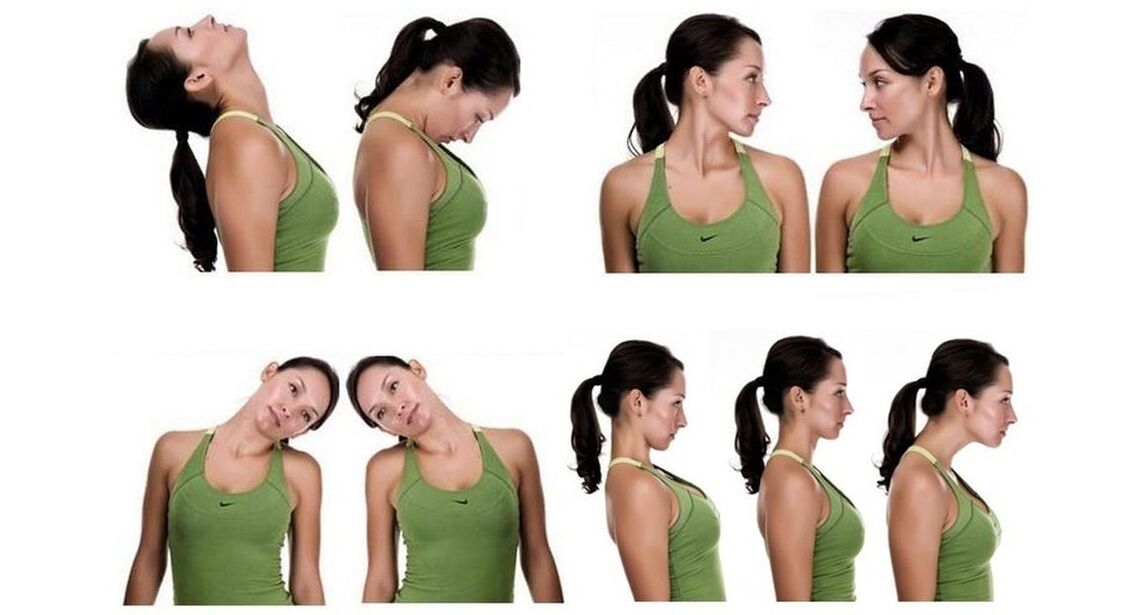
- Stand 5-7 times: feet shoulder-width apart, belly in, shoulders straight. Lift the arms up to the sides and connect them at the top, then pull them back, trying to connect the shoulder blades. Then stand up straight again.
- Standing is fine, but you can also sit 7-10 times. Wrap your arms around yourself (like a hug), do this as hard as you can (elbow forward), then bring your hands back and connect them, touching your elbows with your palms. Try to pull your stomach in.
- It is best to do it standing up, but if you feel dizzy, you can sit down and do 3-5 repetitions of each exercise. Keep your neck straight and your shoulders straight. Turn your head to the left and try to touch your shoulders with your chin without lifting your shoulders. Repeat this, turning your head to the right, alternating turns.
- Do the same exercise, tilting your head back and forward as far as possible. Try touching your chin to your chest. Do the ramp slowly.
- Then slowly and carefully make a semicircle from left shoulder to right shoulder, tilting your head forward. Don't make a circular motion - just make a half circle. Repeat the movement in the opposite direction.
Tilt your head back as far as you can while doing this exercise. Remember, you need to do it slowly and only in a semi-circle.

- Standing performance is also better, but you can also sit for 5 seconds. 3-4 times. Make a fist and rest your chin on it. Press your fists firmly with your chin for 5 seconds, then place them on the back of your occiput and press again. This exercise works the neck muscles well.
- Sit 7-10 circles in each direction. Put your hands on your hips, lean your head forward as much as possible, and rest your chin on your chest. Now turn your head alternately left and right, resting your chin on your chest.
- Sit in a low-back chair and try to do it at least 3-4 times. With your shoulders back, try to look at the wall behind you.
- Sit in a chair and place your hands between your knees 5-7 times. As you inhale, lean to one side; as you exhale, sit up straight. Alternate left and right.
- Lie prone, bend over. Try doing this 5-6 times. Get as high as you can and stay as long as possible.
Suggest! Do the exercise at a convenient time, perhaps during breaks or when your neck is tired from tense postures. Not too much here. The main thing is not to do it many times at a time.
Healing with folk remedies
Treating spinal problems with folk remedies primarily involves heating the affected area. You should be careful when using recipes for cervical osteochondrosis, as being close to the brain can make excessive heating harmful rather than beneficial.

You want to use recipes that are mild and don't produce strong irritations.
grandma's ointment
For its preparation you will need:
- 10 ml of iodine;
- 10 ml camphor oil;
- 10 dimethicone tablets (500 mg);
- 300 ml of alcohol.
Tablets need to be crushed into powder and all ingredients mixed. The resulting composition is applied to the neck in a thin layer.
compression
- Potato. It is great to crush grated potatoes with honey at night.
- horseradish. Fresh horseradish leaves should be kept on the water vapor, cooled and spread for 10-15 minutes. to the neck.
- Jump. Crush unsalted lard (1 tablespoon), add fresh or dried hop cones (1 teaspoon), and apply the mixture to the back of your head as if you were applying it overnight.
- Aloe vera. Take 1 part ground aloe vera leaf, 2 parts honey and 3 parts vodka. Mix everything and let it brew for 12 hours. Apply the compress for no more than 15 minutes.
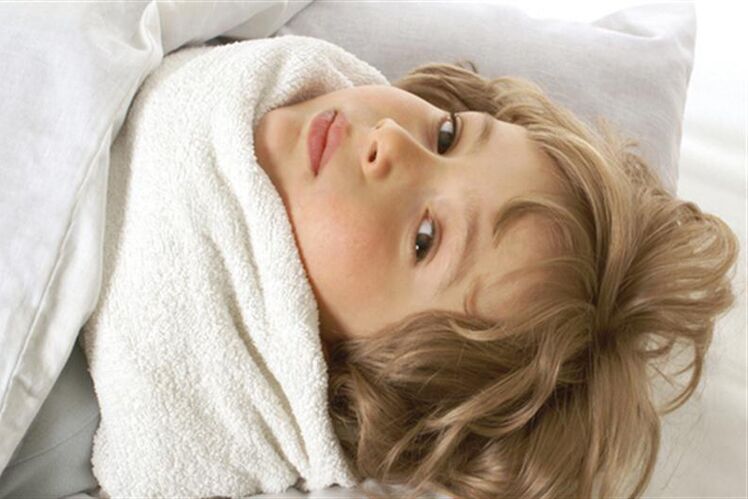
medical treatement
Traditional treatment should include anti-inflammatory drugs needed to relieve severe pain on a regular basis and drugs designed to mobilize the body to fight the disease: vitamins, neuroprotectants, chondroprotectants.
Also, depending on the problem that arises, medications are prescribed to relieve symptoms that occur when a part of the nerve root is damaged, these can be:
- stress reliever;
- improve vision;
- to relieve numbness.
Anti-inflammatory drugs
In the initial stage, severe pain can be stopped with the help of pain relievers.
Anti-inflammatory nonsteroidal drugs are prescribed during exacerbations to relieve inflammation. These medicines come in tablets, capsules, or injectable solutions. Some come in the form of topical ointments. The course of treatment should be decided by a doctor.
Long-term use of many anti-inflammatory NSAIDs can even cause irritation of the gastrointestinal tract (GIT) mucosa in healthy individuals. In the presence of gastrointestinal disorders - treatment with analgesics can lead to exacerbations.
vitamins
Be sure to take B vitaminsone,exist6.exist12). They help to improve the function of the brain, have a positive effect on the functioning of the nervous system, improve the transmission of nerve impulses, and thus affect the improvement of the overall condition.
These vitamins can be given as an intramuscular injection, either on a regimen or in combination, which will significantly increase their effectiveness. In the first stage of the disease, they appear as tablets (vitamin complexes) or dietary supplements (not recognized by official medicine).
Medications to improve cerebral circulation
Neuroprotectants are drugs that affect brain function. This includes a large group of drugs that affect various processes, including nootropics that improve memory and concentration.
Medications are prescribed when blood supply to the brain is compromised due to compressed blood vessels.
attention! Neuroprotectants must be prescribed by a neurologist.
chondroprotective agent
Chondroprotectants occupy a special place - drugs that improve the nutrition of cartilage tissue in the spine (glucosamine and chondroitin), which should slow their destruction. Clinically, their positive effects have not been proven, but they are used as dietary supplements and passed hygienic and medical examinations.
These drugs may be useful in stages I and II. In the future, they are unlikely to have the desired effect.
About diet and nutrition
For cervical osteochondrosis, it is important to eat foods and herbs that contain B vitamins, which can be:
- poultry;
- porridge, chamomile;
- mint, coltsfoot;
- celery.
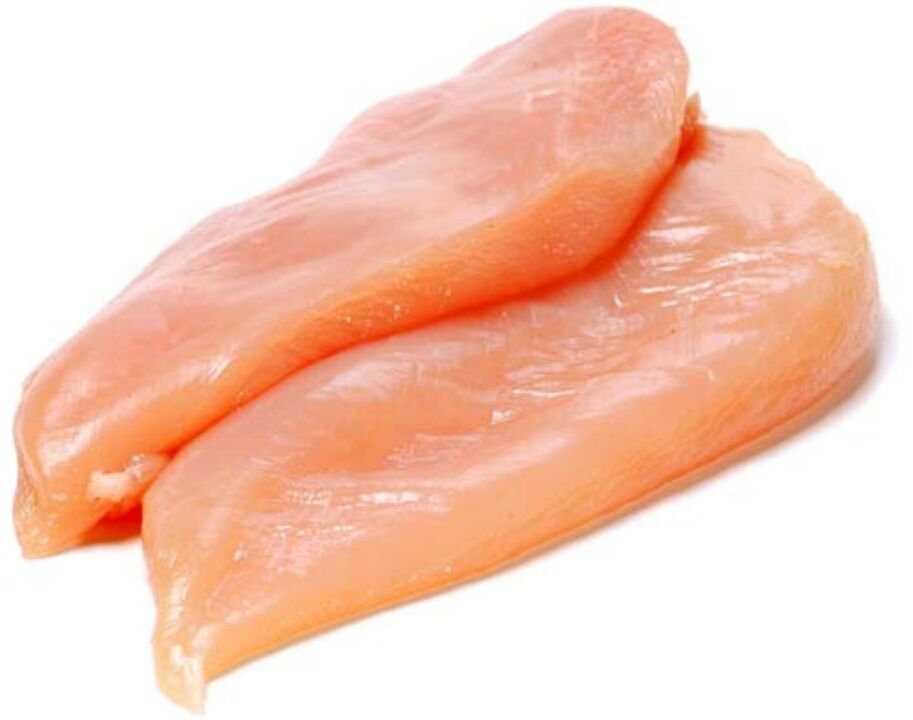
Display fresh vegetables and fruits. Salt is not desired and should be kept to a minimum. This is due to impaired cerebral circulation. There is no need to increase calcium and potassium intake.
Cervical osteochondrosis is an insidious disease that can lead to complex pathologies that lead to disability. At the same time, correct behavior, moderate physical activity, and systematic treatment can slow its progression, or even stop it for a long time. Live happily and be healthy!


















